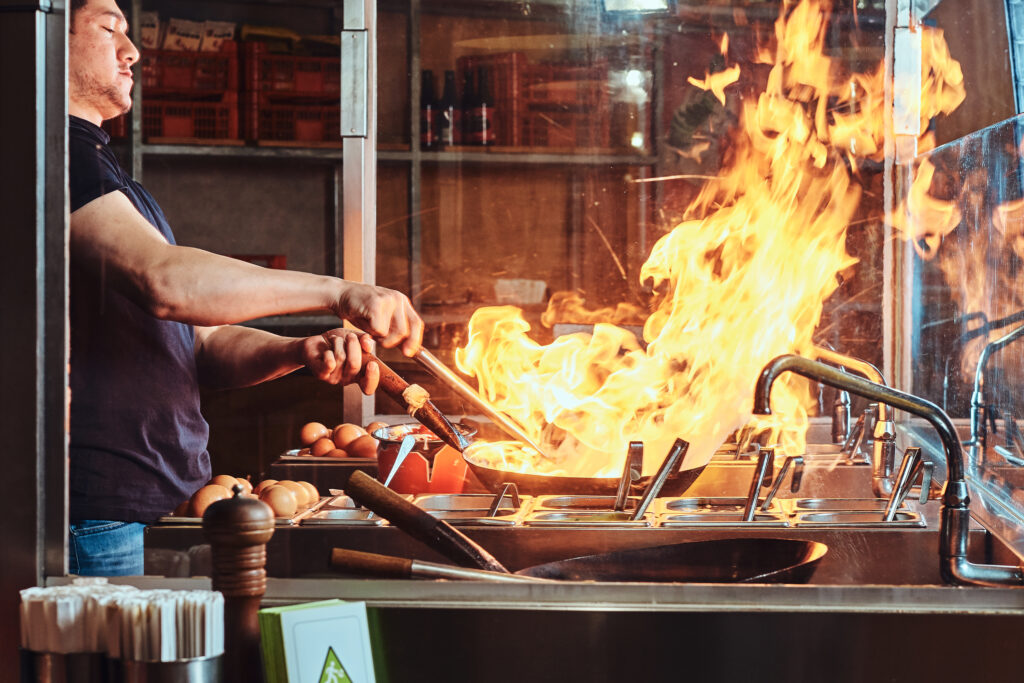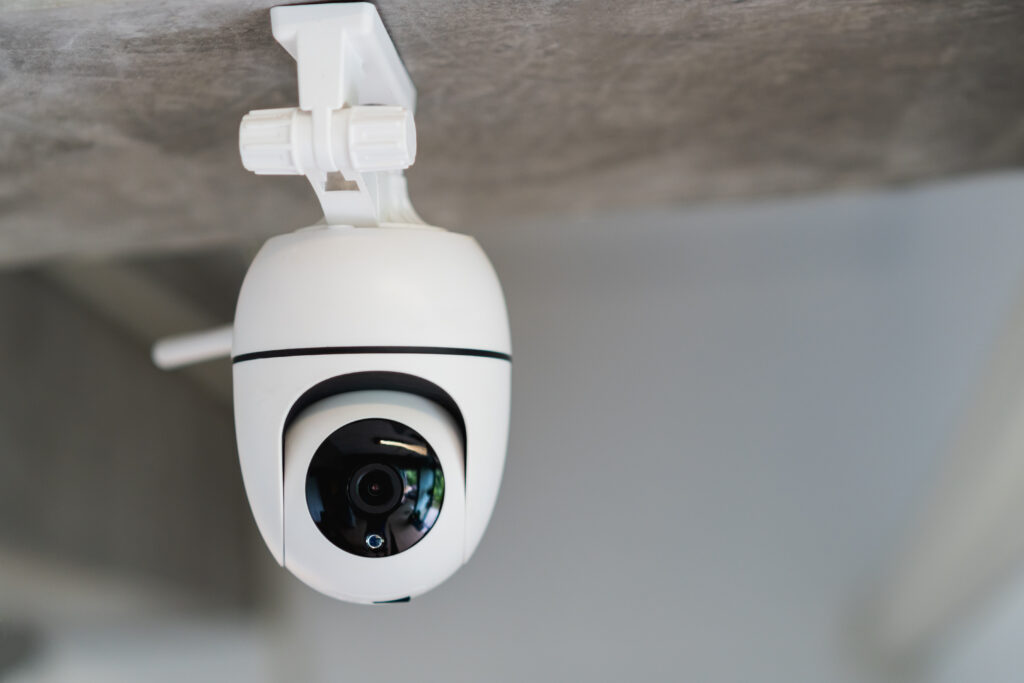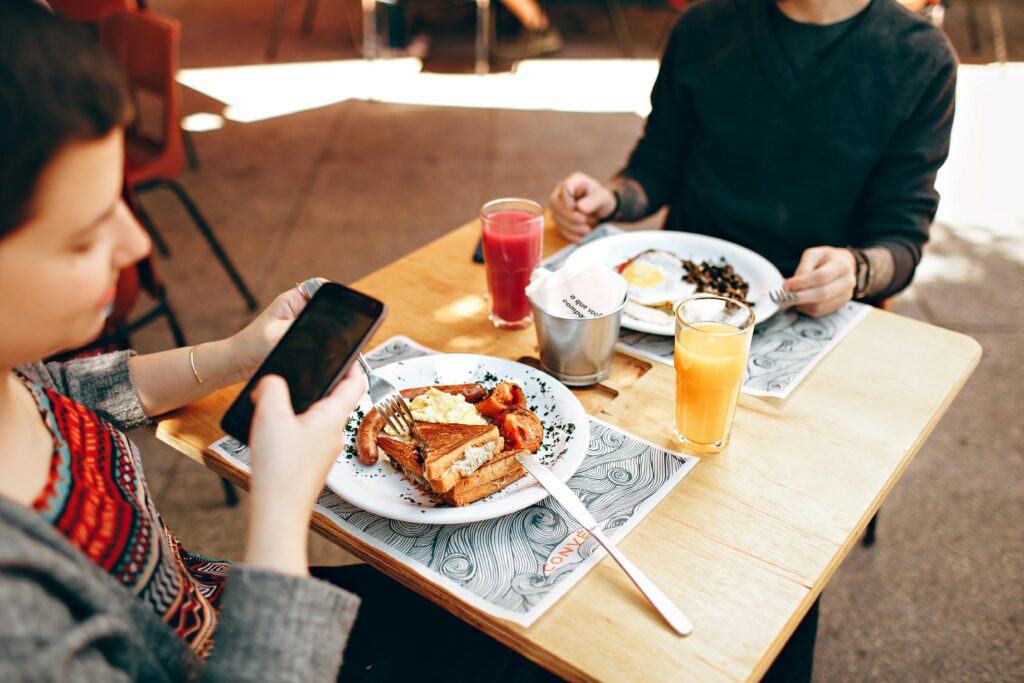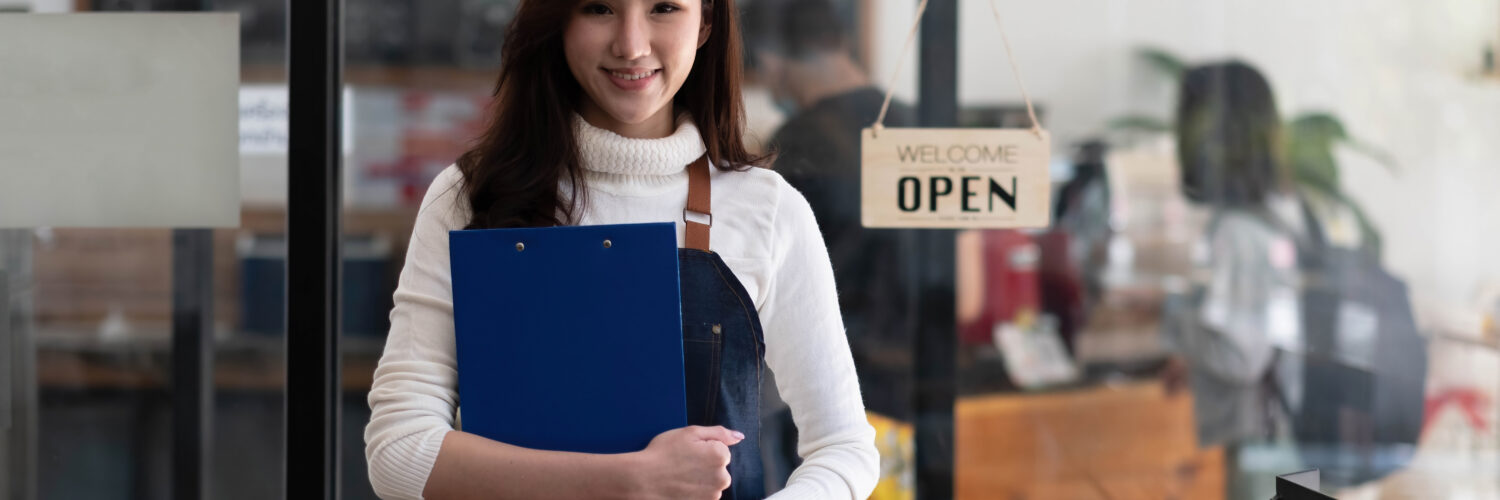Operating a thriving food business, whether it’s a bustling café, a fine dining establishment, or a fast-casual restaurant—demands far more than just delivering great food and excellent service. Behind the scenes, restaurant owners are responsible for a wide range of complex tasks, including managing staff, overseeing inventory, complying with health regulations, and coordinating with vendors. Among these ongoing demands, one critical aspect that often receives less attention is securing the proper insurance for food businesses.
The food service industry is naturally exposed to a variety of risks. From kitchen fires and slip-and-fall incidents to equipment failures and foodborne illness claims, a single unforeseen event can lead to significant financial setbacks, legal complications, or lasting damage to a business’s reputation. For this reason, comprehensive insurance coverage is not merely a smart precaution—it is an essential safeguard for long-term stability and success.
Commercialize Insurance Services (CIS) recognizes the distinct challenges restaurant owners face on a daily basis. By identifying and understanding the most common insurance claims within the industry, business owners can better recognize potential vulnerabilities. This insight enables them to take preventive action, potentially lower their insurance premiums, and maintain more resilient and efficient operations.
This article explores some of the most frequent insurance claims affecting restaurants and other food businesses, while also offering practical strategies to help minimize those risks. Whether a business is well-established or just getting started, a strong understanding of these threats is a vital step toward protecting its future, its team, and its reputation.

Slips, Trips, and Falls: A Persistent Hazard
One of the most common categories of insurance claims for restaurants involves slips, trips, and falls. These incidents can affect both customers and employees and can result in injuries ranging from minor bruises to severe fractures. Several factors contribute to this risk in a restaurant environment. Spilled food or drinks, wet floors from cleaning or inclement weather, uneven flooring, cluttered walkways, and inadequate lighting all pose potential hazards.
How to Avoid:
- Implement rigorous cleaning protocols: Establish and enforce strict procedures for immediately cleaning up spills. Use wet floor signs prominently until the area is completely dry.
- Maintain flooring: Regularly inspect and repair any damaged or uneven flooring. Ensure non-slip mats are used in high-traffic areas, especially near entrances, exits, kitchens, and restrooms.
- Improve lighting: Ensure all areas, including walkways, stairs, and parking lots, are well-lit to enhance visibility.
- Train staff on safety procedures: Conduct regular training sessions for employees on proper cleaning techniques, hazard identification, and the importance of maintaining clear pathways.
- Encourage the use of appropriate footwear: Implement a policy requiring employees to wear non-slip shoes.
- Regular inspections: Conduct routine safety inspections of the premises to identify and address potential hazards proactively.
Foodborne Illness: Protecting Patrons and Reputation
Foodborne illness outbreaks can lead to significant insurance claims, reputational damage, and even legal repercussions for restaurants. These incidents often stem from improper food handling, inadequate cooking temperatures, cross-contamination, or poor hygiene practices. The consequences can be severe, impacting customer health and the restaurant’s ability to operate.
How to Avoid:
- Strict adherence to food safety regulations: Implement and consistently follow all local and national food safety guidelines.
- Comprehensive staff training: Provide thorough training to all employees on proper food handling techniques, including handwashing, temperature control, and preventing cross-contamination.
- Proper food storage: Ensure food is stored at the correct temperatures and for appropriate durations. Implement a clear labeling and dating system.
- Thorough cooking: Utilize calibrated thermometers to verify that all food reaches the required internal cooking temperatures to kill harmful bacteria.
- Maintain kitchen hygiene: Establish and enforce strict cleaning and sanitation schedules for all kitchen surfaces, equipment, and utensils.
- Supplier vetting: Source ingredients from reputable suppliers with a strong record of food safety.

Burns: A Kitchen Hazard
Burns are another common type of injury in restaurant kitchens due to the presence of hot surfaces, cooking equipment, and hot liquids. Employees working near stoves, ovens, fryers, and steam tables are particularly at risk.
How to Avoid:
- Proper equipment maintenance: Regularly inspect and maintain all cooking equipment to ensure it is functioning correctly and safely.
- Clear communication: Implement clear communication protocols among kitchen staff regarding hot items and potential hazards.
- Use of personal protective equipment (PPE): Require employees to wear appropriate PPE, such as oven mitts, aprons, and long sleeves, when handling hot items.
- Careful handling of hot liquids: Train staff on the safe handling and transportation of hot liquids. Use appropriate containers and secure lids.
- First aid training: Ensure staff are trained in basic first aid for burns and that a well-stocked first aid kit is readily accessible.
Property Damage: From Fire to Storms
Restaurants are susceptible to various forms of property damage, including fire, water damage, vandalism, and natural disasters. These events can lead to significant financial losses due to repair costs, equipment replacement, and business interruption.
How to Avoid:
- Fire prevention measures: Implement strict fire safety protocols, including regular inspections of electrical systems, proper maintenance of cooking equipment (especially exhaust hoods), and readily accessible and regularly inspected fire extinguishers. Train staff on fire safety procedures and evacuation plans.
- Water damage prevention: Regularly inspect plumbing and ensure proper drainage to prevent leaks and flooding. Address any water issues promptly.
- Security measures: Implement security measures such as security cameras, alarm systems, and adequate lighting to deter vandalism and theft.
- Regular maintenance: Conduct routine maintenance on the building and equipment to identify and address potential issues before they escalate.
- Review insurance coverage: Ensure the Insurance for food businesses includes adequate coverage for property damage and business interruption.

Theft and Burglary: Protecting Assets
Restaurants handle cash and valuable equipment, making them potential targets for theft and burglary. These incidents can result in financial losses and disrupt business operations.
How to Avoid:
- Secure cash handling procedures: Implement strict cash handling procedures, including limiting the amount of cash on hand, using secure cash registers, and making frequent bank deposits.
- Security systems: Install and maintain security alarm systems and surveillance cameras.
- Proper lighting: Ensure adequate lighting both inside and outside the premises to deter potential intruders.
- Employee screening: Conduct thorough background checks on potential employees.
- Inventory management: Implement a system for tracking inventory to identify and address any potential theft.
Employee Injuries: Ensuring a Safe Workplace
Beyond slips, trips, and falls, employees can sustain various other injuries in a restaurant environment, including cuts from knives or equipment, strains from lifting heavy objects, and injuries from operating machinery.
How to Avoid:
- Ergonomic practices: Implement ergonomic principles to minimize strain and injury from tasks such as lifting and carrying. Provide lifting aids when necessary.
- Proper training on equipment use: Ensure employees are thoroughly trained on the safe operation of all equipment and machinery.
- Safe tool handling: Provide training on the safe handling and storage of knives and other sharp tools.
- Adequate staffing: Ensure sufficient staffing levels to prevent employees from becoming overworked and increasing the risk of accidents.
- Maintain a safe work environment: Regularly assess the workplace for potential hazards and take corrective action.
Equipment Breakdown: Unexpected Disruptions
Commercial kitchen equipment is essential for restaurant operations. Unexpected breakdowns of ovens, refrigerators, dishwashers, or other vital equipment can lead to significant disruptions, food spoilage, and lost revenue.
How to Avoid Them:
- Implement a regular maintenance schedule: Follow manufacturer recommendations for routine maintenance and inspections.
- Train staff on proper equipment usage: Ensure employees are trained on the correct operation and basic care of all equipment.
- Address minor issues promptly: Don’t ignore unusual noises, leaks, or performance issues. Schedule repairs before they escalate into major breakdowns.
- Invest in quality equipment: While the initial cost may be higher, durable and reliable equipment is less prone to breakdowns.
- Keep spare parts on hand: For critical equipment, consider keeping essential spare parts in stock to minimize downtime.
- Establish relationships with reliable repair technicians: Have a trusted service provider readily available for prompt repairs.
- Protect equipment from power surges: Consider using surge protectors for sensitive electronic equipment.
- Ensure proper ventilation: Overheating can contribute to equipment failure. Ensure adequate ventilation around equipment.
- Follow cleaning guidelines: Regular and proper cleaning can prolong the life of your equipment.
- Monitor equipment performance: Pay attention to any changes in how your equipment is functioning.
While preventative maintenance can reduce the likelihood of breakdowns, insurance for food businesses can include equipment breakdown coverage to help with repair or replacement costs.

While implementing these preventative measures is crucial, it is equally important for restaurant owners to have the appropriate insurance coverage in place. Even with the most diligent efforts, accidents and unforeseen events can still occur. A comprehensive Insurance for food businesses policy can provide vital financial protection when these incidents happen. General liability insurance can cover costs associated with customer injuries, property damage, and legal fees. Workers’ compensation insurance can protect employees who are injured on the job, covering medical expenses and lost wages. Commercial property insurance can help with the costs of repairing or replacing damaged property, including buildings, equipment, and inventory. Business interruption insurance can provide coverage for lost income and extra expenses incurred if the restaurant has to temporarily close due to a covered event.
Furthermore, restaurant owners should regularly review their insurance policies with their insurance provider to ensure that their coverage adequately reflects the specific risks and needs of their business. As a restaurant grows and evolves, its insurance requirements may change. Factors such as an increase in seating capacity, the addition of delivery services, or the serving of alcohol can impact the types and amounts of coverage needed. Regularly assessing and updating insurance policies helps to avoid gaps in coverage and ensures that the restaurant remains adequately protected against potential financial losses. Working with an experienced insurance provider who understands the nuances of the restaurant industry is invaluable in navigating these complexities and securing the right Restaurant Business Insurance for their specific needs.
Key Takeaways: Protect Your Restaurant with the Right Insurance Coverage
As a restaurant owner in Florida, it’s critical to understand the common risks your business faces and take proactive steps to minimize them. Restaurant business insurance is a must-have for protecting your assets and ensuring business continuity during unexpected events. From employee injuries to weather-related damage, the right coverage can help you navigate potential claims and avoid financial ruin.
Beyond the tangible aspects of preventing claims, cultivating a strong safety culture within the restaurant is paramount. This involves more than just implementing rules and procedures; it requires fostering an environment where safety is a shared value and responsibility among all employees. Regular safety meetings, open communication channels for reporting hazards, and positive reinforcement for safe practices can contribute significantly to a proactive safety culture. When employees are engaged and feel empowered to identify and address potential risks, it creates an extra layer of protection that goes beyond written protocols. This commitment to safety not only reduces the likelihood of insurance claims but also enhances employee morale and overall operational efficiency.
Furthermore, restaurant owners should consider the importance of thorough documentation. In the event that an incident does occur, having detailed records can be crucial for the insurance claim process. This includes maintaining incident reports, witness statements, photographs or videos of the scene, and records of any corrective actions taken. Accurate and comprehensive documentation can help to streamline the claims process, ensure a fair assessment of the situation, and potentially mitigate any disputes. Implementing a clear protocol for documenting incidents and training staff on its importance is a vital aspect of risk management for any restaurant.

Minimizing the risk of common insurance claims in the restaurant industry requires a proactive approach that combines diligent preventative measures with comprehensive insurance coverage. By focusing on safety protocols, employee training, and regular maintenance, restaurant owners can significantly reduce the likelihood of accidents and injuries. However, having the right Insurance for food businesses in place provides crucial financial security when unforeseen events do occur. Restaurant owners seeking to protect their business and ensure its long-term success are encouraged to explore the tailored Restaurant Insurance options available at CIS. Consulting with experienced professionals can help them identify their specific risks and secure the comprehensive coverage needed to operate with confidence.
It’s essential for restaurant owners to view insurance not just as a cost, but as a critical investment in the long-term security and sustainability of their business. While the premiums represent an expense, the financial protection afforded by comprehensive Restaurant Insurance can be invaluable in the face of a significant claim. By proactively addressing potential risks and securing adequate coverage, restaurant owners can protect their hard work, their employees, and their financial future, allowing them to focus on providing exceptional dining experiences to their customers.
Commercialize Insurance Services (CIS) provides comprehensive insurance solutions for restaurants, including business owners policies, workers’ compensation, flood insurance, and more. CIS works closely with restaurant owners to help them identify the right coverage and gain the peace of mind needed to focus on daily operations.
It’s important not to wait until it’s too late—securing the right insurance is essential for protecting a restaurant, its employees, and its reputation. Business owners are encouraged to contact CIS to speak with an expert and receive a customized quote tailored to their specific needs. To get started, visit CIS Restaurant Business Insurance.





